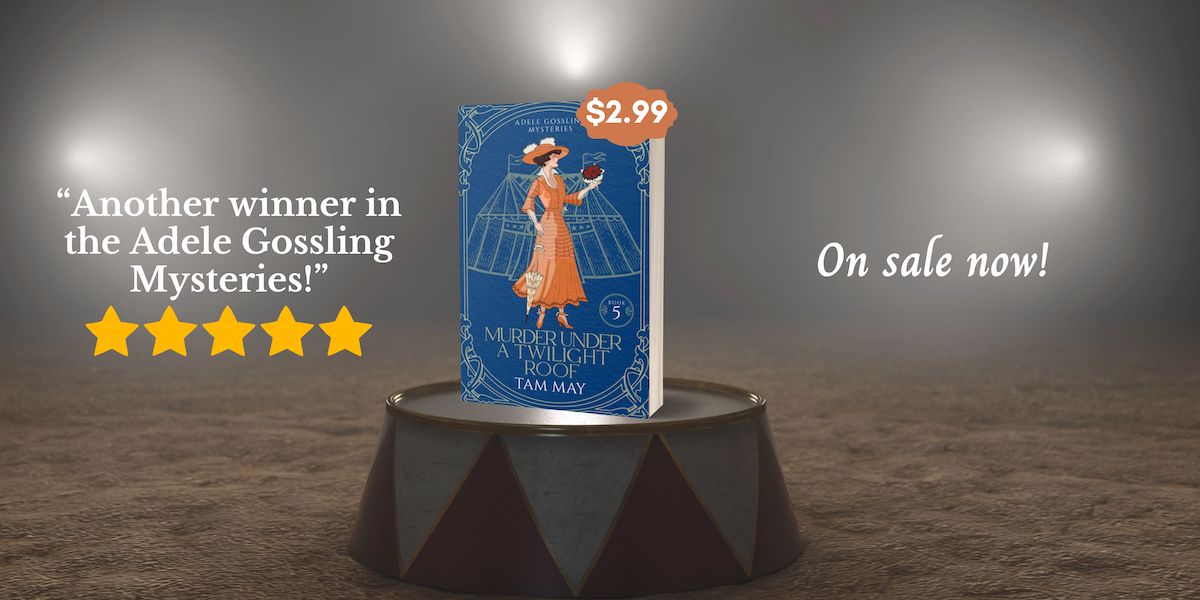
Although this photo is from a later period in history, it nonetheless depicts one of the objections to women’s rights — that the “natural order of things” in terms of gender roles would be reversed and men would have to do the housework while women went out into the political arena.
Photo Credit: A woman wearing knickers (“pants”) and smoking a cigarette while her husband does the washing, 1901, Underwood & Underwood: P. S. Burton/Wikimedia Commons/PD Underwood
Today marks the anniversary of the start of what Elizabeth Cady Stanton called the greatest rebellion of the 19th century: The Seneca Falls Convention.
The convention grew out of a moment of oppression. The World Anti-Slavery Convention took place in London in 1840, and Elizabeth Cady Stanton and Lucretia Mott, met there for the first time. Both were denied entry into the convention because organizers decided to bar all women from attending. From this was born the idea in Cady Stanton and Mott’s minds to organize a convention closer to home to discuss women’s rights.
This event took place in Seneca Falls, New York on the weekend of July 19th and 20th in 1848 and became the first organized political gathering for women. You may recall I wrote here about the idea of suffragism (the right to vote). But was the convention really focused on women’s suffragism? Yes and no. Certainly, the right to vote was on the agenda, but as I mentioned in my blog post above, it wasn’t considered of the utmost importance, though it would be later on in the movement. What was high on the agenda was the idea that women were equal to men. You might recall from my discussion of the separate spheres that it was generally thought women were weaker than men emotionally and mentally, and therefore, their confinement to the private sphere was justified. So the idea that women were equal in every way was, as Cady Stanton declared, revolutionary indeed.
To this end, the attendees of the convention (there were 300 of them) came up with a Declaration of Sentiments. The name, of course, suggests the Declaration of Independence, and this is no surprise, as the wording stems directly from that document. You can read the entire Declaration of Sentiments and see the names of some of the movers and shakers of the suffragist and abolitionist movements (including Frederick Douglass) who signed the declaration here.
Reactions to the convention were mixed. Some reporters and editors considered the idea of women meeting to talk about their rights as nothing short of lunacy. Others were afraid it would lead to a gender role reversal (as the cartoon above shows). Still others, like the famous Horace Greenly of the New York Tribune, begrudgingly admitted suffragists might be on to something when they insist women were created equal to men in the eyes of God and humanity.
Although the convention wasn’t perfect (it was haphazardly organized and attended mainly by locals,) it gave rise to the idea that women’s rights were worth putting on the political agenda of the 19th century. Also, like the publication of Betty Friedan’s The Feminine Mystique nearly 120 years later (which I talk about here,) the convention triggered a movement that followed into the 20th century, creating not just one but several waves and generations of fighters for women’s rights.
I talk about women’s rights in the late 19th century a lot in my Waxwood Series, and it also will come up in my upcoming historical cozy mystery series, The Paper Chase Mysteries. Book 3 of the Waxwood Series, Pathfinding Women is especially focused on the suffragist movement and some of the conflicts within that movement (though more in a personal than political sense).
Want to explore the nooks and crannies of history that aren’t in the history books? Like social and psychological history and not just historical events? Want in on exclusive sneak peeks, giveaways, and surveys? Then sign up for my newsletter! You’ll get a free short story when you do.



